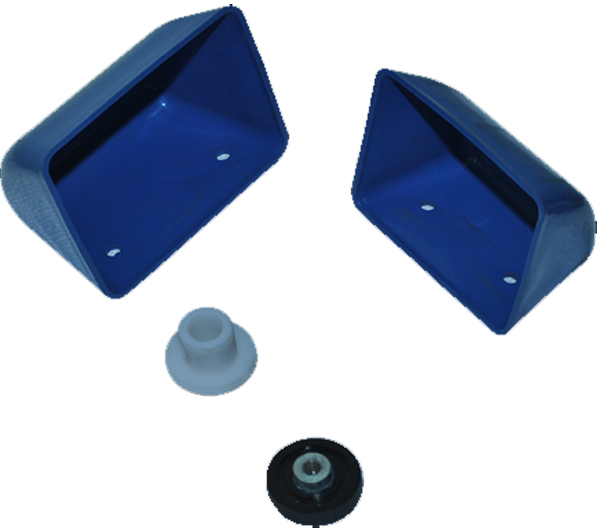At N.DAS INDUSTRIES, we pride ourselves on producing bucket elevator parts that meet the strictest standards.When moving bulk items, like grains, powders or granular materials, vertically from one level to another, a bucket elevator is one sort of vertical conveyor system that is employed. It consists of several buckets connected to a chain or belt that transports the materials while moving in a continuous loop.
We specialise in manufacturing, supplying, and exporting bucket elevators. Agricultural, mining, manufacturing, and construction industries all frequently use bucket elevators. They are effective and dependable for raising bulk goods vertically and have benefits including high capacity, careful handling of delicate materials, and the ability to handle materials with different particle sizes.

